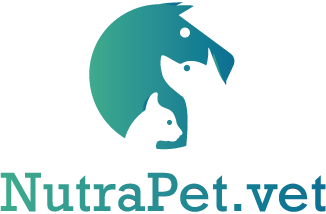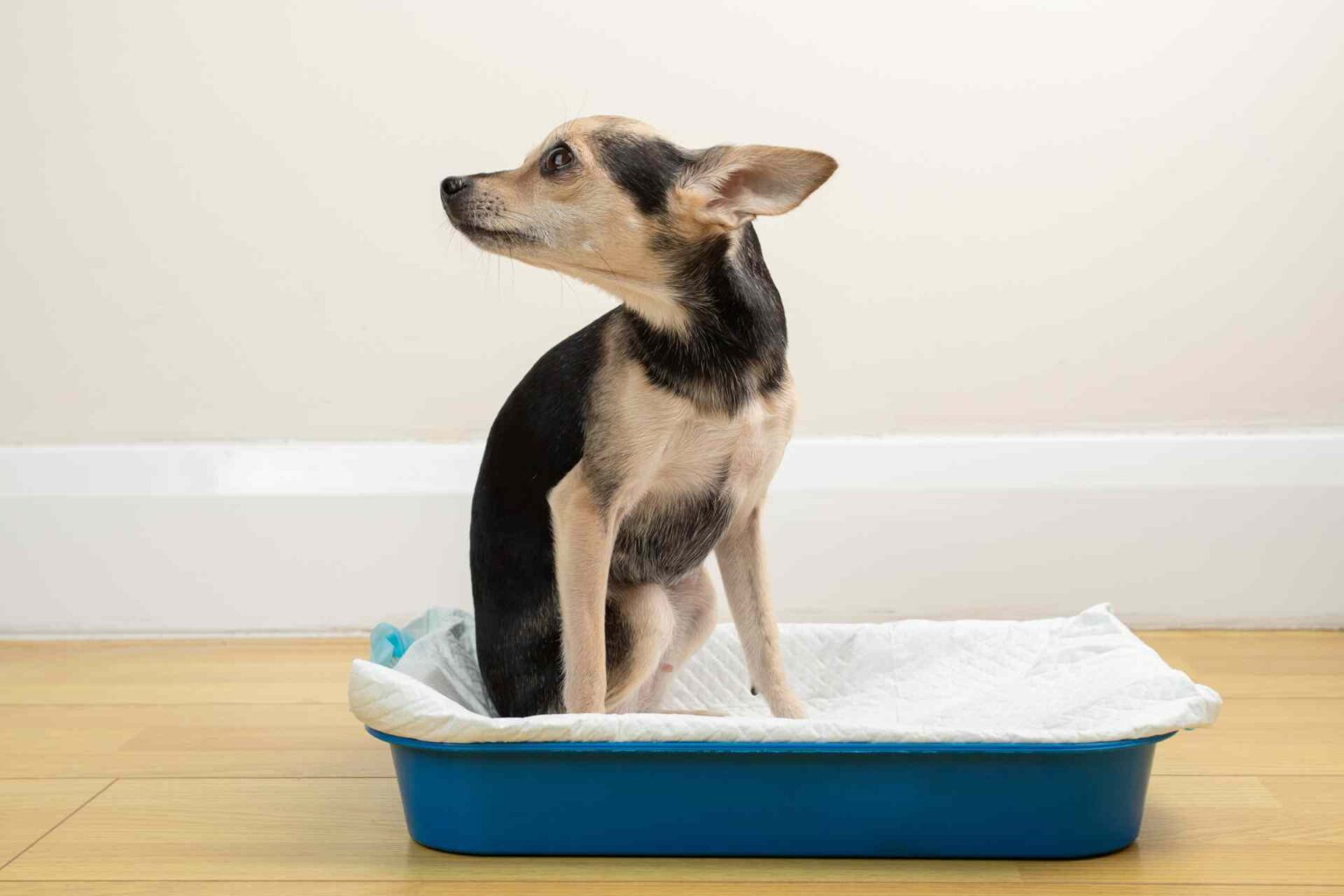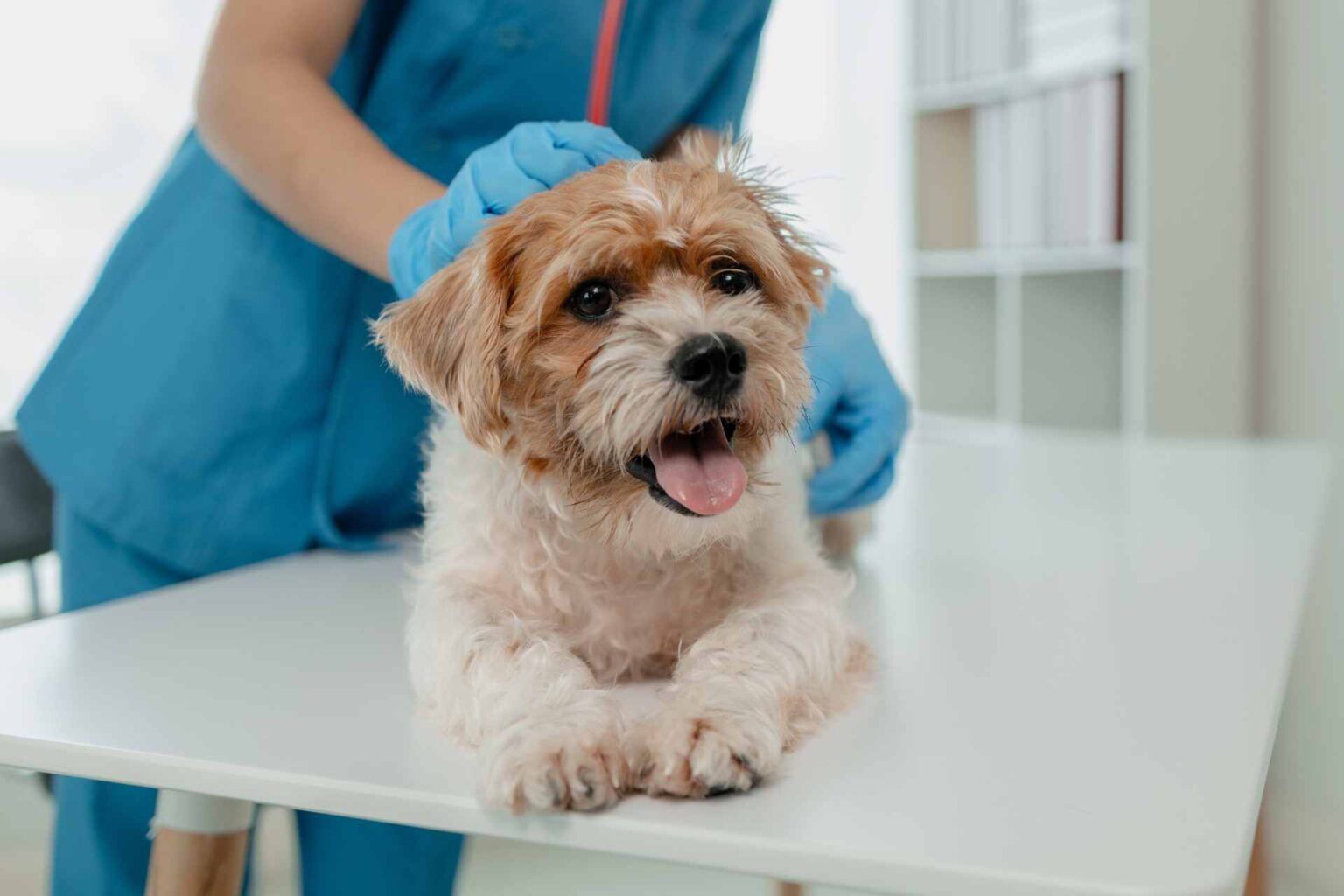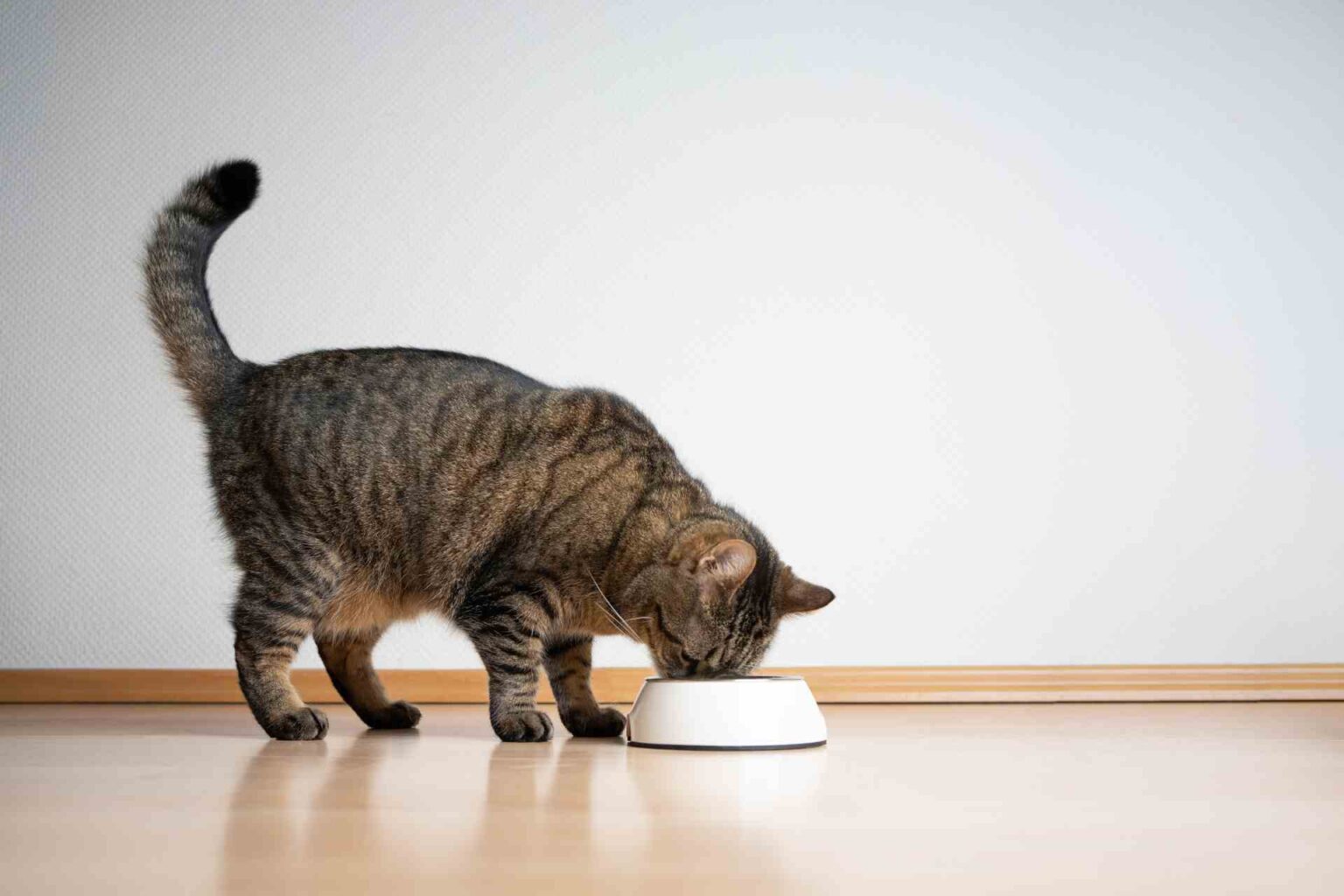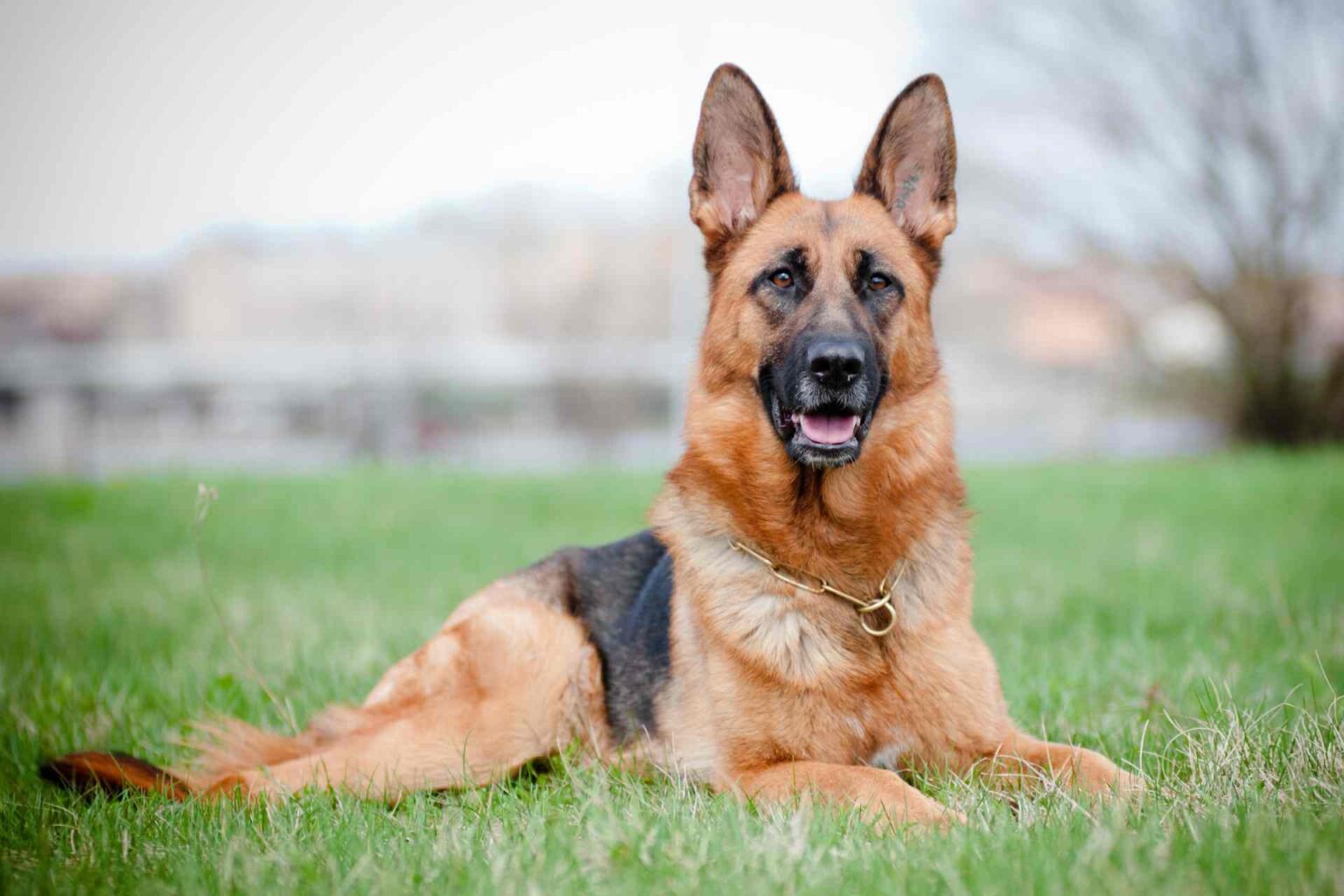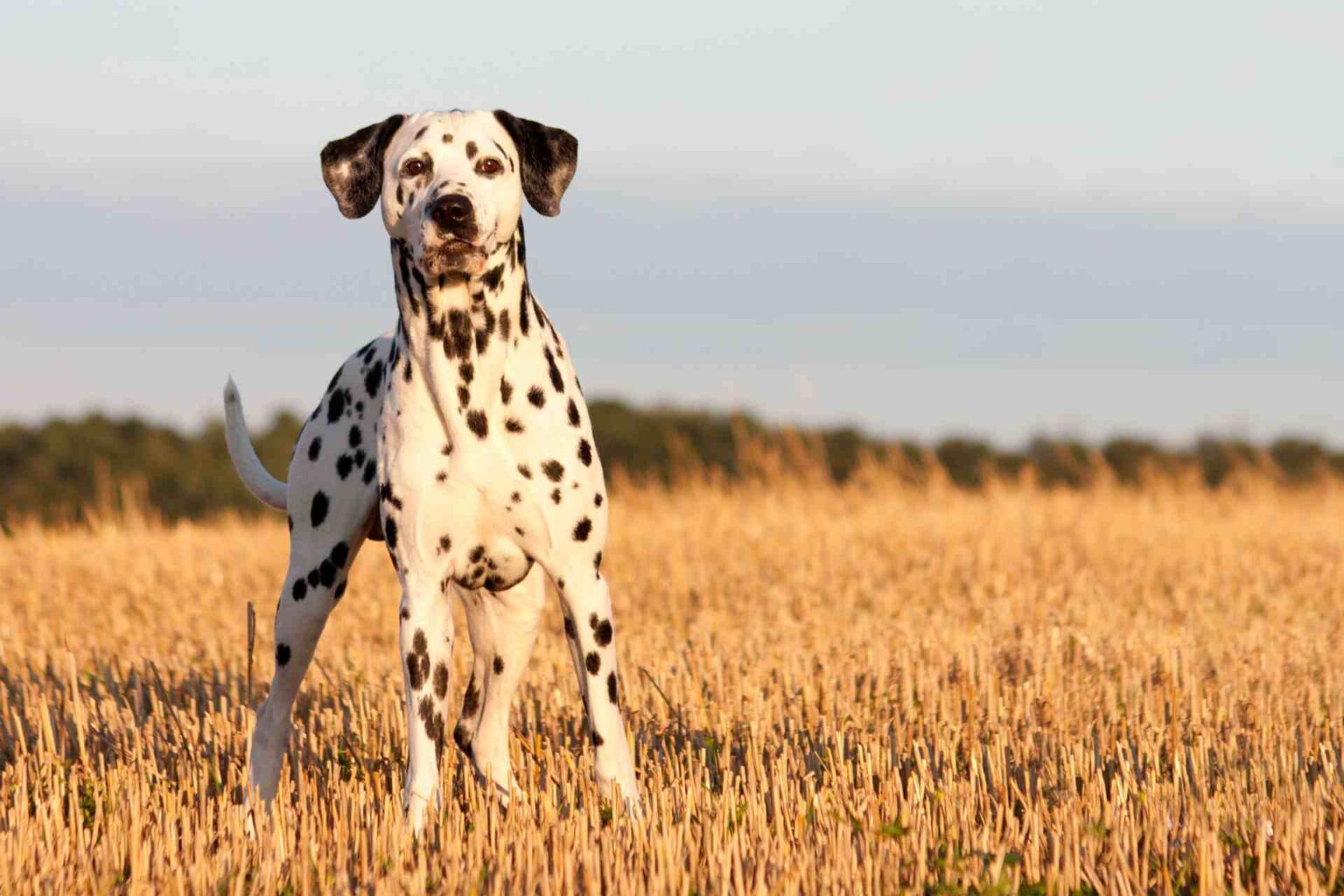The microbiome of the canine oral cavity is diverse and complex. It includes several specific areas of the mouth, such as the oral mucosa, tongue, saliva, supragingival plaque, and subgingival plaque.
Each of these niches is different in its composition and together they create a unique ecosystem. When dysbiosis (imbalance in the balances between bacterial flora populations) arises, a favorable environment is generated for the selection of pathogenic microorganisms that increase in proportion.
These alterations exacerbate the host body’s immune response, thus contributing to chronic inflammatory states and thus giving rise to diseases such as periodontal disease.
Dysbiosis and periodontal disease
To date, it is not entirely clear how the oral microbiome is altered in dogs with periodontal disease and/or the impact this disease may have on oral microbial populations.
The study by Santibáñez et al . aims to investigate how periodontal disease alters the oral microbiome. The authors analyzed differences in the metabolic pathways used by the microorganisms that inhabit the mouth and contribute to the inflammatory process typical of this disease.
The study analyzed 24 dogs, 12 with gingivitis or periodontitis and 12 without periodontal disease. Samples were obtained by swabbing the gingival margin of the right maxillary fourth premolar. 16S rRNA sequencing analysis was used to analyze and compare the microbial populations.
The results of the study
Comparison of the composition of the oral microbiome between healthy dogs and dogs with periodontal disease revealed a clear distinction at the phylum level.
In both groups, the most abundant phyla were Actinobacteria, Bacteroidetes, Firmicutes, Fusobacteria and Proteobacteria. However, dogs with periodontal disease had a significant increase in bacteria belonging to the phylum Bacteroidetes and a reduction in Actinobacteria and Proteobacteria. These results highlight the presence of phylum-level alterations in the oral microbiome of dogs with periodontal disease.
Regarding the genus, Porphyromonas, belonging to the phylum Bacteroidetes, was 2.7 times more abundant in the group of dogs with periodontal disease.
In these, there was also found to be a significant increase in the genera Bacteroidetes e Fusobacterium, and a decrease in the genera Staphylococcus e Streptococcus compared with healthy dogs.
Conclusions
Comparison in the metabolic characteristics of the microbiome between healthy dogs and dogs with periodontal disease revealed significant changes in the major metabolisms involved, which correlated with the differences in oral microbiome taxonomy highlighted.
The results of the study show that the oral microbiomes of healthy dogs are characterized by a predominance of aerobic microorganisms compared with the microbiomes of dogs with periodontal disease. In fact, an increase in facultative and obligate anaerobic bacteria such as Porphyromonas and Tannerella was found in the latter group. In addition, in dogs with periodontitis, the authors observed increased production of lipopolysaccharide, a highly inflammatory bacterial molecule. Its increase probably contributes to the invasion and destruction of oral tissue characteristic of periodontitis.
Reference
Santibáñez R, Rodríguez-Salas C, Flores-Yáñez C, Garrido D, Thomson P. Assessment of Changes in the Oral Microbiome That Occur in Dogs with Periodontal Disease. Vet Sci. 2021 Nov 27;8(12):291. doi: 10.3390/vetsci8120291
